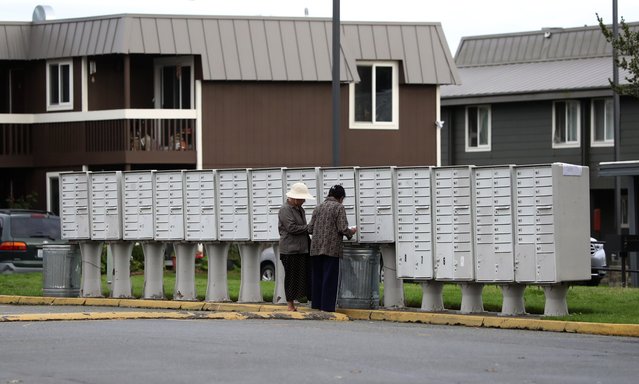Policymakers across the world worry about affordable housing. They should. It represents the cost of a basic human need—shelter. Canada is no exception as it grapples to provide affordable housing in some cities, like Vancouver and Toronto, where rents are high, and for many, the dream of owning a home has faded.
People who can afford a down payment typically borrow as much as they can to get a foothold in the market—stretching themselves financially and contributing to Canada’s record-high levels of household debt.
So, how can governments help make housing affordable? Our latest staff report suggests boosting housing supply to meet demand.
Housing policies can quickly become politically contentious.
Short-term fixes may not always work
Boosting Canada’s supply of affordable housing is no easy task. Countries like Canada, the Czech Republic, Sweden, and the United Kingdom that face problems with housing affordability in major cities have found that housing policies can quickly become politically contentious.
For this reason, policymakers often resort to short-term fixes to the problem. These include relaxing prudential regulations to enable households to borrow more (higher loan-to-income and loan-to-value ratios), increasing or introducing tax-deductibility of mortgage interest-rate costs, and subsidizing home purchases directly.
According to our research, we find that even well-meaning policies that aim to improve housing affordability by increasing households’ capacity to borrow may unintentionally raise house prices—ultimately resulting in homebuyers having to borrow more and leading to higher household debt.
Why? Because housing supply is fixed in the short term. So, any increase in households’ ability to borrow will increase demand for housing, increase house prices, and ultimately make houses less affordable than they otherwise would have been.
This is what we found when we compared the dynamics of house prices in eleven Canadian Census Metropolitan Areas with households’ ability to borrow—the so-called “attainable” house price.

Low interest rates fuel house prices
How is the “attainable” house price calculated? In our latest research, we determine this price using the maximum mortgage loan a household can attain from a bank given its down payment and desired level of debt service.
The results show that median house prices in most Canadian cities have tended to increase in line with households’ borrowing capacity, and sometimes prices can exceed borrowing capacity.
Homebuyers have been able to borrow more money over time due to rising incomes and a significant decline of mortgage interest rates over the past two decades. As a result, increases in borrowing capacity have been quickly reflected in higher house prices.
This has happened in Toronto and Vancouver, where house prices have increased much more than implied by attainable prices, resulting in over-valuation for an extended period.
Overall, this has contributed to a rise in the size of down payments as a share of income and a push towards higher loan-to-value ratios.
But, with mortgage rates not in decline and incomes growing slowly, homebuyers in Canada will not be able to borrow as much to buy a house. This will weigh on housing demand and bring about a decline in house prices that will improve housing affordability. There is a risk, however, that the decline in house prices could take the form of a sharp and disruptive price drop.
To more sustainably address housing affordability, regional and federal authorities in Canada need to work together to develop and implement a comprehensive housing supply strategy.
This would involve:
Accelerating the delivery of land ready for development;
Shortening the approval process for building permits and re-zoning;
Improving the transparency and certainty about the steps involved in the approval process;
Ensuring development plans are time-limited to avoid construction delays;
Re-evaluating rent control policies to improve the supply of rental properties and give households more dwelling choices; and
Assessing incentives for developers to build more purpose-built rentals with a view to encourage a more balanced mix of rental supply.
The recent establishment of the Expert Panel on the Future of Housing Supply and Affordability and the expanded Rental Construction Financing Initiative to increase the supply of rental units for middle income households are certainly steps in the right direction.





